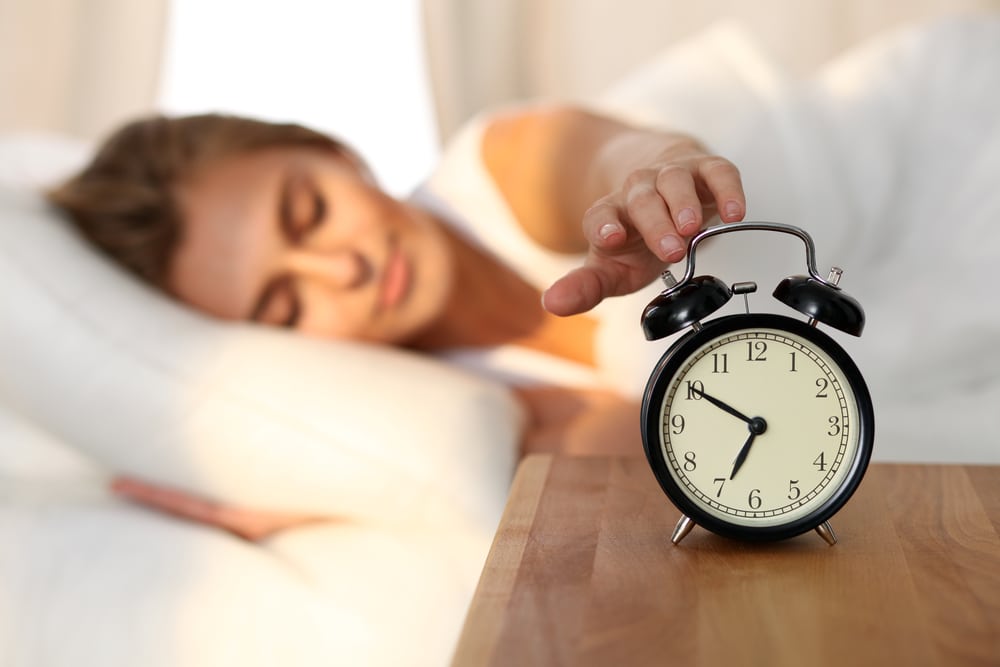Every year the clocks go back by one hour in the UK at 2 am on the last Sunday in October. This means that this year the change happens on Sunday 30th October, gaining an extra hour in bed as we end Daylight Saving Time (DST). The USA will fall back the following Sunday 6th November. Not ideal if you are trying to keep in sync for business reasons.
Equally, from a health point of view, Sleep Scientists have long proposed that the changes should be abolished. In fact, there have been a number of government reviews across the world in the last few years with both the USA and EU voting to stop changing their clocks. In the USA congress has voted that the later, Daylight Saving Time (DST), should be made permanent from November 2023. There’s no deadline yet from the EU, as it’s yet to be made law.
However, scientists have proposed that we should the changes be stopped countries should remain with Standard/Greenwich Mean Time rather shifting the clocks later, as planned in the USA.
I have provided a background to the debate below, along with some recommendations as to how to prevent the clocks change disrupting your body clock this coming weekend.
When was Daylight Saving introduced?
The changes to the clocks as Daylight Savings Time (DST) were introduced in the UK over a century ago in the Summertime Act of 1916. The change was essentially put forward to make the evenings start later to save coal during the First World War. Essentially DST transfers an hour of daylight from the morning to the end of the day. As a result, the evenings between March and October are lighter than they would have been.
Which countries use Daylight Saving?
About 1/3rd of the world’s countries has DST. These 70 countries are in the Northern and Southern Hemispheres and so experience seasonal light changes. Countries around the equator tend not to have the twice-yearly change, and neither do Japan, India, and China.
Should we stay with Daylight Saving all year round?
Whilst there are no plans to change to year-round DST in the UK this has recently been challenged from an energy cost reduction point of view. Green energy expert, Professor Aoife Foley, from Queens University Belfast has proposed that UK households could save £1.20 a day and more than £400 a year on electricity bills if clocks we don’t put the clocks back, although exact amounts depend on tariffs. The savings would largely come because part of the energy peak between 5 pm and 7 pm in the evening would remain light.
These calculations are challenged by the government though. Also, from a practical perspective if we were to adopt a permanent DST in the UK some of the area farthest north in the UK such as the far northwest of Scotland wouldn’t see sunrise until 10 am in the winter. Presumably at this point the lights would be on in the morning, reducing the evening savings?
The US, will however, be staying with DST from next November onwards having passed the ‘Sunshine Protection Act’ earlier this year. Along with the energy savings of brighter evenings other benefits quoted by supporters of the bill include avoiding the increase in car accidents which occur when an hour’s sleep is lost in clocks changing forward March, plus reduced crime in the lighter evenings, decreased childhood obesity and reduced seasonal depression.
Should we abolish Daylight Saving Time?
There is certainly a strong case to staying with one time or another and stopping changing the clocks due to its impact on our physiology. The American Academy of Sleep Medicine (AASM) recommends this stability because the ‘acute transition from standard time to daylight saving time incurs significant public health and safety risks’. These include increased risk of adverse cardiovascular events (which see a 24% increase in Heart attacks on the Monday after we lose an hour’s sleep in March), mood disorders, and motor vehicle crashes.
However, the Scientists recommendation is to stay with Standard Time, or Greenwich Mean Time.
The AASM state that if we were to remain in DST all year-round it could lead to circadian misalignment, which has been associated in some studies with increased cardiovascular disease risk, metabolic syndrome and other health risks. This is essentially because with DST we are essentially delaying the natural light/dark cycle.
This view is support by the Sleep Foundation who also recommend abolishing DST, but to stay with permanent time. This is because daylight saving would make it harder to wake in the darker mornings and sleep in the brighter evenings.
What’s the best way to adjust your body clock?
We tend to find it easier to cope with the Autumn change than the March/Spring loss of sleep. This is because our body clock naturally finds it easier to adjust with gaining time than losing it. That said it often takes a few days for the clock to adjust.
In both cases (forward or back) if you can anticipate the change and stagger the changes in smaller increments in advance you will have an easier transition.
Ideally, you should stagger the change in increments of about 10 minutes only. However, this isn’t always practical. To reduce the impact of the ‘acute body clock transition’ you could simply plan go to bed ½ hour later Friday night. Then you’d aim to wake up later Saturday, and shift your mealtimes later too, by ½ hour during Saturday. All of this will advance your body clock and essentially gets your Circadian Rhythm halfway towards the clocks falling back on Sunday morning.
There’s a full explanation in an article about last minute tips for the clocks going back and also a routine for young children who typically would benefit from a longer transition period if possible.









